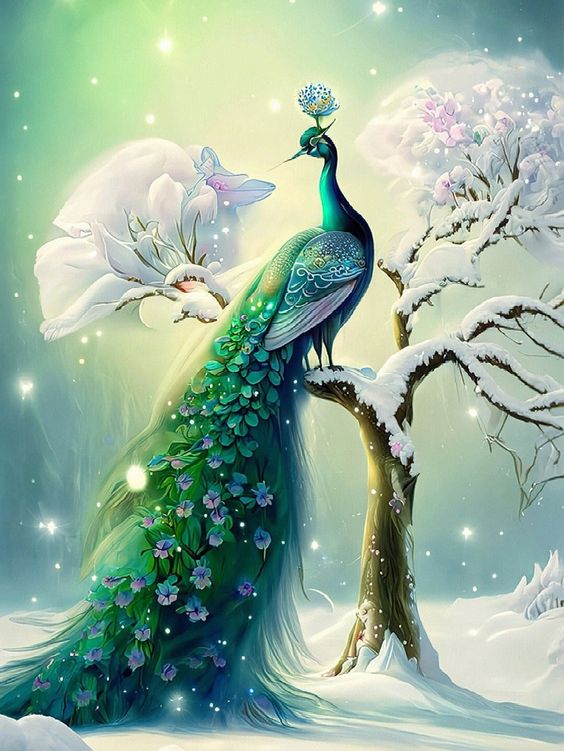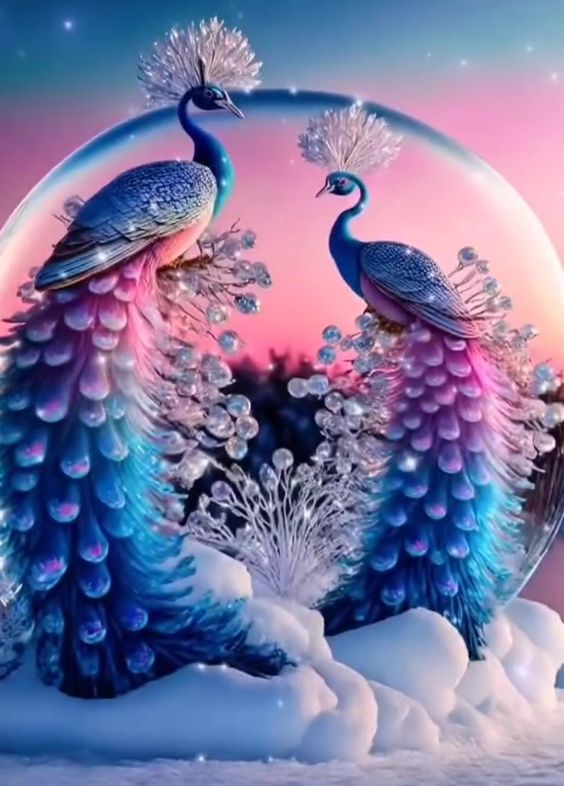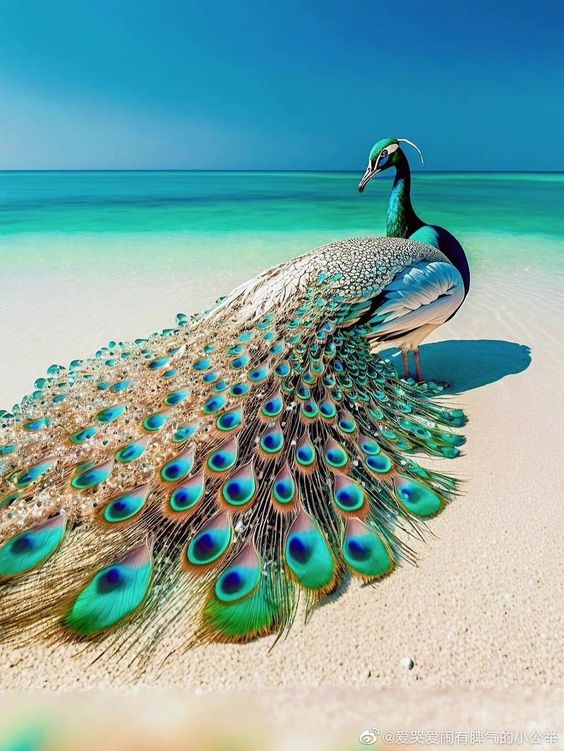Peacocks are known for their captivating appearance and are considered to be one of the most beautiful creatures in the natural world. Their vibrant and enchanting colors make them a symbol of grace, elegance, and magnificence. This article will explore the mesmerizing world of these colorful birds, including their stunning plumage, courtship rituals, and cultural significance.

The Indian peafowl, scientifically known as Pavo cristatus, boasts one of the most remarkable plumages in the animal kingdom. The male peafowl, also known as a peacock, exhibits an iridescent train with long, extravagant feathers that form a cascading fan. These feathers showcase a variety of vivid colors, including deep blues, vibrant greens, shimmering teals, and striking golds. On the other hand, the female peafowl, referred to as a peahen, possesses a more understated yet equally elegant plumage primarily composed of shades of brown and beige.

Exhibiting Splendor: Male peacocks use their magnificent feathers to attract a mate during courtship rituals. They unfurl their resplendent trains, creating a mesmerizing display of color and pattern. As they rhythmically move and shake their feathers, a distinctive rustling sound is produced. This visually striking spectacle is aimed at catching the attention of nearby peahens, who evaluate the male’s fitness and genetic quality based on the splendor of his plumage.

The peacock holds cultural significance throughout history, particularly in Eastern cultures. Hindu mythology depicts Lord Krishna with a peacock feather adorning his head, symbolizing his divine beauty and allure. In Greek and Roman mythology, the peacock is associated with Hera and Juno, the goddesses of marriage and fertility, representing love, immortality, and rebirth. Additionally, the peacock has been a symbol of royalty and prosperity in various cultures, appearing in art, architecture, and fashion.

Peacocks are originally from South Asia and can be found in countries like India, Sri Lanka, and Pakistan. They live in a variety of habitats such as forests, grasslands, and cultivated areas. Peafowls are incredibly adaptable and have even thrived in urban environments such as gardens and parks, adding a touch of royalty to their surroundings.
Despite their ability to inspire awe and admiration, peacocks face various conservation challenges. Habitat loss, poaching, and illegal trade are significant threats to their populations. To ensure the survival of these majestic creatures for future generations, efforts are being made to protect their natural habitats, raise awareness, and enforce stricter regulations against wildlife trafficking.
